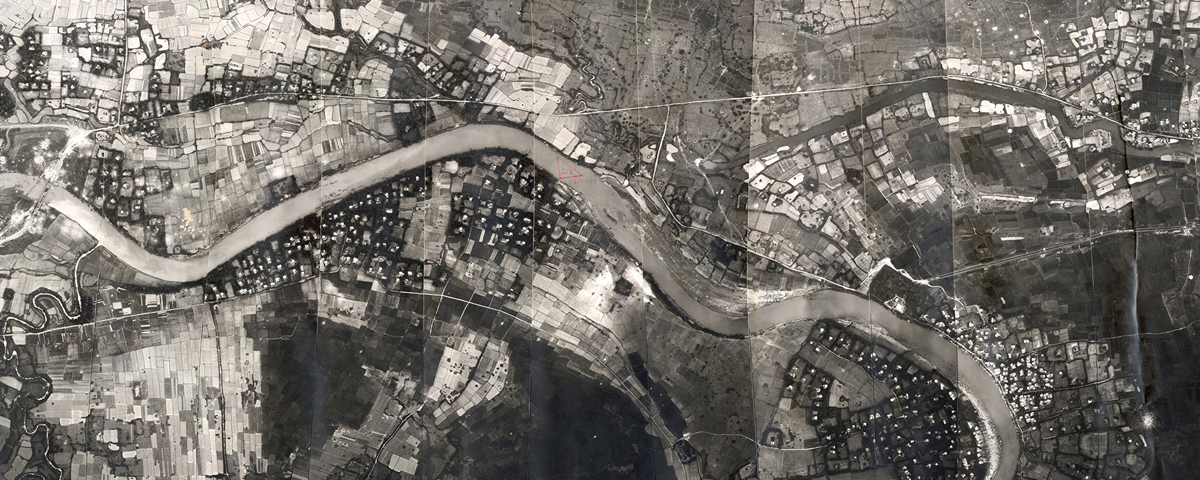When is an aerial rescue not worth the effort? At some point the U.S. Air Force commanders directing the rescue of Lt. Col. Iceal “Gene” Hambleton—call sign Bat 21 Bravo—must have asked themselves that question. But the airmen involved in the rescue attempt probably didn’t, as they had a job to do, regardless of the risks involved. For the U.S. military, “no man left behind” is an article of faith upon which all service personnel rely.
On April 2, 1972, Hambleton was serving as navigator aboard a Douglas EB-66C, escorting a cell of three B-52s near the demilitarized zone between North and South Vietnam. The North Vietnamese Army, advancing south on the third day of its massive Easter Offensive, launched two volleys of SA-2 surface-to-air missiles at the airplanes, the second of which damaged, then destroyed, Hambleton’s EB-66. He was the only member of the six-man crew to safely eject.
What followed has been called the largest, longest and most complex complex search-and-rescue (SAR) operation of the Vietnam War. It involved air assets ranging from A-1 Skyraiders to OV-10 Broncos, UH-1H “Hueys” to HH-53 “Jolly Green Giants,” one of which the NVA shot down, killing its six crewmen. Despite the airmen’s heroic efforts over the course of five long days, the Americans failed to recover Hambleton and 1st Lt. Mark Clark, a forward air controller who had been shot down during the rescue attempt. Briefed on the losses, General Creighton Abrams called off air-rescue operations on April 8, and a land/water operation was mounted by a small team of South Vietnamese commandos led by U.S. Navy SEAL Lieutenant Thomas Norris. In the end, Norris and Petty Officer 3rd Class Nguyen Van Kiet rescued both downed airmen during two dangerous night operations, the former earning the Medal of Honor and the latter the Navy Cross, the only South Vietnamese navy serviceman to be so honored during the war. The 11-day effort had cost 11 men killed and two captured, with five aircraft lost and numerous others damaged.
In a 1989 interview, Hambleton put the massive rescue operation in perspective: “If the taxpayers and my neighbors knew what it cost them to pull me out of there, they’d probably shoot me. But it has to make an American fighting man real proud to know that our government, and our military, will go to any length to save a fighting man’s life….I don’t care if he’s a private or a three-star general—they’re going to do it. I have flown a lot of these SAR missions, trying to pull other people out of there, and it doesn’t even enter your mind. This is one of your buddies; let’s go get him.”
For the full story of this well-documented operation, read Darrel D. Whitcomb’s excellent book The Rescue of Bat 21, but avoid the 1988 movie Bat 21 if you’re interested in historical accuracy.





